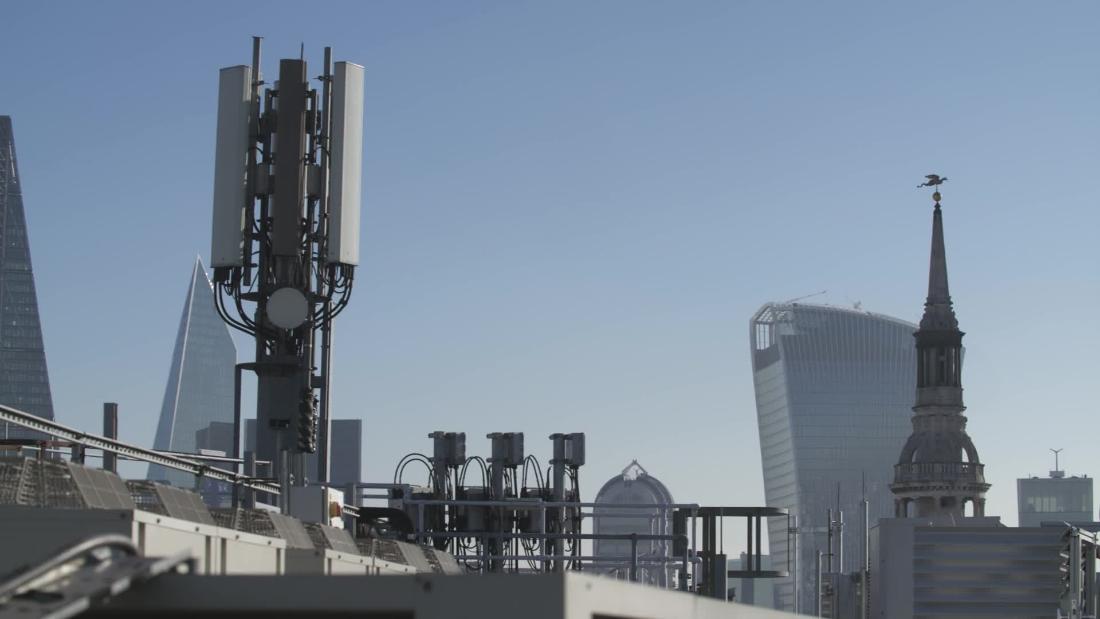5g cell towers are brand new type of antenna that's being used by wireless firms to offer internet-based services. They're more capable than 4g towers and can be bigger and stronger.
Many cities are becoming concerned that these towers may be harmful to their residents. These concerns include privacy, health and aesthetic issues.
They're bigger
With 5G, the frequency that radio waves travel through is greater than 4G, which means that it requires more towers in order to transmit information. This can increase the amount of radiation that is released into our environment.
This is a huge concern for HOA communities, business owners, real estate investors, as well as those worried about negative health effects. They are concerned that the addition of more 5G towers will lower property values and negatively affect public health.
The only solution to this is to change how we communicate - by using WiFi instead of traditional cell networks. This isn't going to happen overnight but it will eventually happen.
But how can that be accomplished? How can we make it safer? The answer lies in the technology inside of a cell tower , which is known as small cells.
They're more expensive
If you're living in a city, you've probably observed large towers of cellular equipment that sit on top of masts and buildings. These are 4G cell towers and they're used to provide wireless internet service to nearby areas.

They're usually 50 to 200 feet high, and are constructed to blend into the surrounding environment, reducing their aesthetic impact. As opposed to 4G technology, 5G requires a greater density of tower coverage to cover a wider area.
These cell towers can be difficult to maintain because they must be continuously active and delivering speedy speeds. This means they're more expensive than other kinds of towers.
If you're a tower operator or mobile network operator, it's logical to upgrade your current towers to 5G, in anticipation of the new technologies that are coming to market. The addition of these technologies to existing websites will increase the site's capabilities, which will ultimately result in more revenue for you.
They're More Dangerous
What Makes 5g Towers Bad
One of the main concerns about 5G towers is that they emit more radiation than other towers. This is because they need to be more densely placed over a large area to ensure coverage.
The RF waves given off by cell phone towers don't have enough energy to damage DNA directly or to heat tissues of the body, however they are able to degrade chemical bonds in DNA, which may harm cells and lead to cancer.

This makes people worried that living near a 5g tower could have negative health consequences.
do cell phones emit radiation is because these towers have a higher chance be situated near to schools and homes, which can emit radiofrequency waves continuously. This means they'll be closer than ever before and there is a greater chance that radiation from them will be absorbed into your body.
They're Not Necessary
5G networks rely on a new part of the radio spectrum that can transmit data. These are known as millimeter wave. They're much shorter than traditional radio waves at just 1-10mm in length, so they have higher frequencies and can carry more energy.
In order to provide the super-fast speeds and low latency that 5G promises, it's essential to establish a vast number of towers. This means a lot of cell masts to cover cities, roads, business districts, colleges, and even farms.
There are alternative ways to deliver fast internet service in highly-populated areas. One possibility is to construct a series of small cell towers which are distributed in a dense manner to reduce coverage gaps.
However, the biggest concern is where these small cells will be placed and how they'll affect residents. Local authorities and residents are trying to figure out ways to stop the installation or prevent it from taking place in their community.
